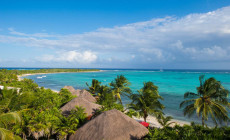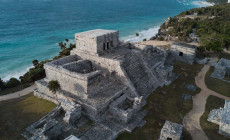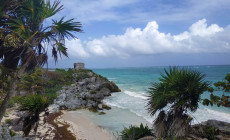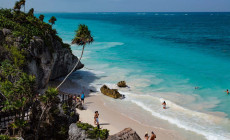-
Latin America
Latin America
- Countries (hidden space)
- Galapagos & Ecuador
- Guatemala
- Mexico
- Panama
- Peru
- Popular Attractions
- Machu Picchu
- Inca Trail
- Easter Island
- Galapagos Islands
- Patagonia
- Rio de Janeiro
- Iguazu Falls
-
Africa
Africa
- Southern & East Africa
- Botswana
- Kenya
- Namibia
- South Africa
- Zimbabwe
- Popular Attractions
- Cape Town
- Okavango Delta
- Sossusvlei Dunes
- Victoria Falls
- The Kruger
- The Garden Route
- Masai Mara
-
Asia
Asia
- Popular Attractions
- Taj Mahal
- Lion Rock (Sigiriya)
- Angkor Wat
- Ha Long Bay
- Kyoto
-
Europe & Middle East
Europe & Middle East
- Europe
- Slovenia
-
Destinations
- Latin America
- Argentina
- Bolivia
- Brazil
- Chile
- Colombia
- Costa Rica
- Galapagos & Ecuador
- Guatemala
- Mexico
- Panama
- Peru
- Asia
- Cambodia
- India
- Japan
- Laos
- Sri Lanka
- Vietnam
- Middle East & North Africa
- Jordan
- Morocco
- Southern & East Africa
- Botswana
- Kenya
- Namibia
- South Africa
- Zimbabwe
- Europe
- Slovenia
- All Holiday Destinations
- Contact Us
-
About
About
Llama Travel provides high quality holidays at the lowest possible prices.
99% recommend us Lower prices - guaranteed Financially protected by ATOL
South of Cancún, the coastal region known as the Riviera Maya begins, continuing until the laid-back town of Tulum, reached in around two hours by car. Although beach resorts are found along the length of the coast, the main built-up area is the city of Playa del Carmen, mid-way between Cancún and Tulum. Playa is a trendy spot with a compact centre and a wide choice of restaurants, bars, cafes, shops and nightclubs. Most hotels here are smaller and more intimate than in Cancún and the city gains more of a non-touristic feel if you leave the main ‘Quinta’ avenue.
One of the principal draws of spending time on Mexico’s Caribbean Coast is the opportunity to unwind on the glorious beaches. However, for the more active, there is a wealth of nearby attractions including the archaeological site of Coba; cenotes for swimming; the Sian Ka’an Biosphere Reserve with over 300 species of birds; water sports and fishing; and a number of tourist adventure activity centres. These include Jungle Maya (rappelling, 4x4 truck rides, zip-lines and snorkelling), Kantun-Chi eco-park (an underground river and 5 cenotes), Río Secreto (an underground river and caves), Xel-Há (water-based activities in a natural islet), Xplor (zip-lines, amphibious vehicles, underground rivers and caves) and Xcaret (reconstruction of a Maya village and ceremonies, cultural shows, water-based activities and wildlife).
There are few places in the world where you can find a well-preserved archaeological site on a pristine palm-fringed beach with powdery sand and turquoise seas. Located less than an hour's drive to the south of Playa del Carmen at the southern end of the Riviera Maya, Tulum was one of the last Mayan cities to be built. Thanks to its strategic location, Tulum was one of the most powerful cities during the 13th and 14th centuries, defending against seafaring invaders. It also served as a trading place and major gateway to connect the Yucatan Peninsula with the Mayans of Honduras and Central America. According to archaeological findings at the ruins, the site has been inhabited since as early as 564 AD, and has been transformed over the centuries with different styles of architecture. With walls on three sides and the Caribbean Sea on the fourth, Tulum was built to be a fortress. There are many important structures to visit around the walled city, including the Castillo, the Temple of the Frescoes and the Temple of the God of Winds. The beach is a fabulous place to relax, with its warm waters and white sands providing a nesting site for sea turtles.




